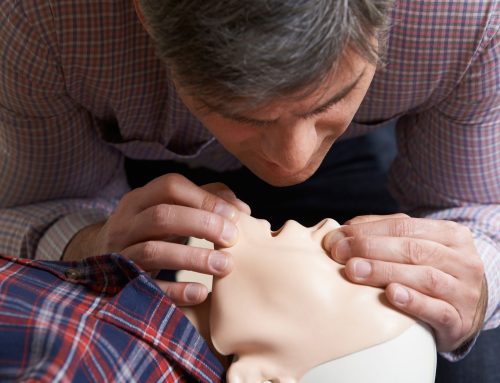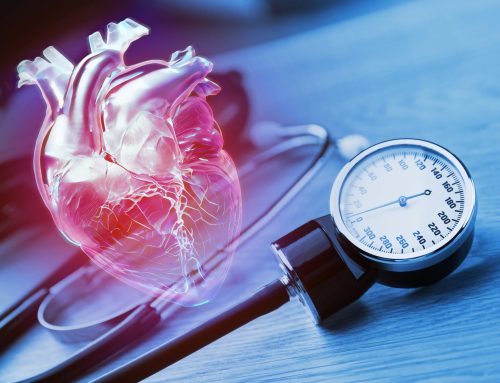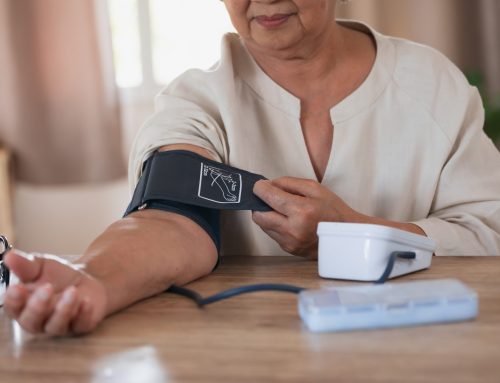In this article, we explore how to spot the Heart Attack Warnings.
The leading cause of death for both sexes in the US is cardiovascular disease, despite the common belief that heart attacks primarily affect males. Beyond the age of 45, a man’s risk of heart attack rises sharply. The years following menopause, often after the age of 50, are associated with an increased risk of heart attacks in women. But heart attacks can happen to younger men and women as well.
About 1.1 million Americans suffer a heart attack every year, with about 460,000 losing their lives as a result. Nearly 50% of fatalities occur unexpectedly, before medical assistance can reach the scene. Although having a heart attack is terrifying, knowing the warning symptoms and what to do in an emergency can save lives (including your own).
A heart attack occurs when blood cannot reach the heart due to a clog in an artery. Myocardial cell death starts. A “myocardial infarction,” which literally means “death of heart muscle,” is the medical term for this. The harm increases as time goes by without therapy. Heart tissue that rots away in a heart attack cannot be replaced or restored.
Factors that raise the risk of a heart attack include, among others, advanced age:
-Not moving around
-Being overweight
-An early history of cardiac illness in the family such as an older sibling (father, brother, mother, or sister) diagnosed before the age of 55.
-Elevated blood cholesterol levels
-Having had a heart attack or having coronary angioplasty done in the past
Knwoing the heart attack warnings are the first step. The second step is knowing how to help your loved one.
Schedule yourself for a CPR training class with us
There classes are taught all over the Wilmington area
- Wilmington
- Jacksonville
- Shallotte
- Carolina Beach
- Surf City
- Hampstead
- Sneads Ferry
- Leland
- Southport







Leave A Comment